Takeshi Saji started his apprenticeship at the age of 14 with his uncle in his hometown of Takefu where it has been at the forefront of knife making for over 700 years because of its purity of the Iron steel made of such clear spring water in the area and the highest grade of pine charcoal. Since Saji-san has a unique talent for creating outstanding edges and his natural affinity to this art, he was awarded the accolade of ‘Traditional Craftsman’ and at the extremely tender age (in knife making terms) of 38, the Ministry of Culture honoured him as a ‘Living Treasure’ of Japan – the youngest person ever to receive this high honour. In such busy situation for him, it was very good fortune that we meet him and he agreed to produce a comprehensive collection of kitchen knives using the greatly prized VG10 steel as the core of these luxurious Damascus blades with a total of 129 layers of alternating steel and stunningly inimitable Stag Horn handles.
The look of this most definitely unique collection is clearly inspired by its ‘hunting knife’ heritage as well meeting and even surpassing the requirements of busy chefs and dedicated home cooks. The Saji Collection embodies the complex beauty of Japanese knife making at its finest as well as being a stunning example of the art of hand forging.
The classic slicer. Long and thin, this is the best shape for the preparation of any flesh (meat or fish – cooked or raw) without bones. The slim profile presents a smaller are of contact with the flesh and thus reduces the strength of the vacuum between the blade and the food resulting in a smoother and easier cut.
Function – Slicing and carving of meat and fish without bones.
Normal length – 240mm to 300mm (a few smaller 180mm and longer 330mm are available)
Tip: Whilst the 240mm or the 270mm lengths are the most popular select the longest length you are comfortable with. The longer the blade, the lesser the pressure required to cut the food and thus increase the ability to cut thinner slices. As this is one knife that is often taken to the table for carving in front of the diners, apart from the functionality, aesthetics should be an important consideration.



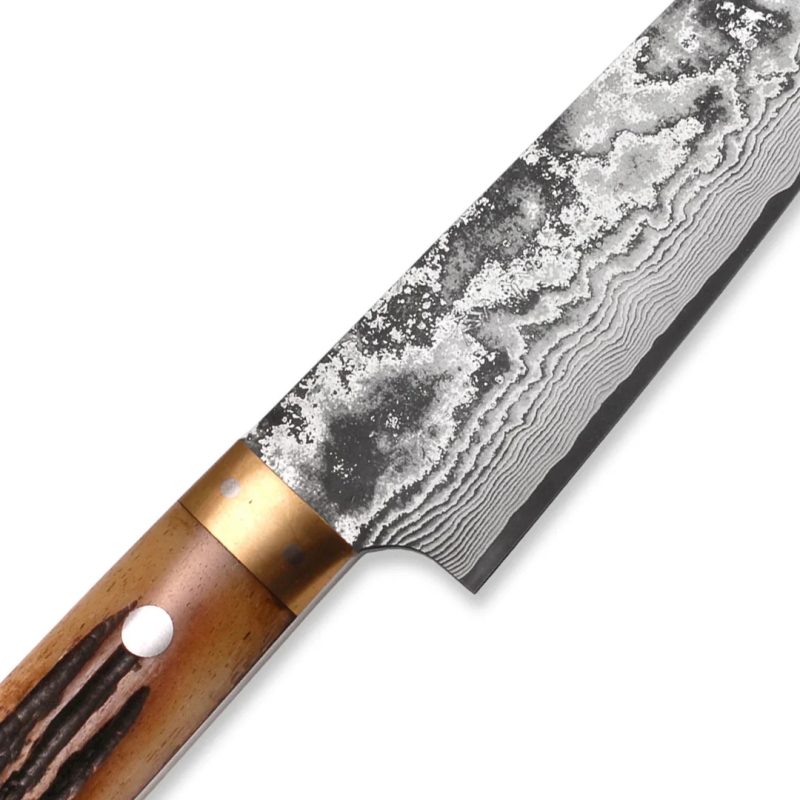







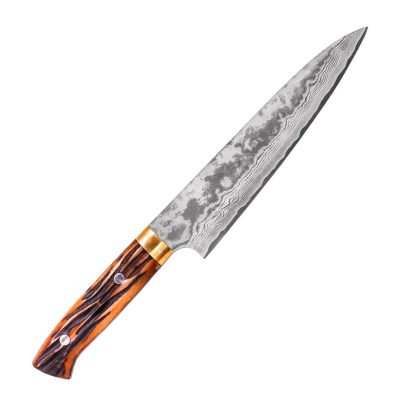
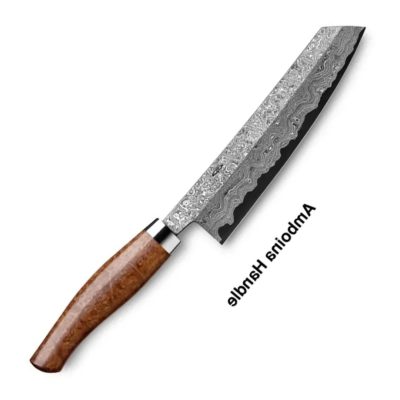


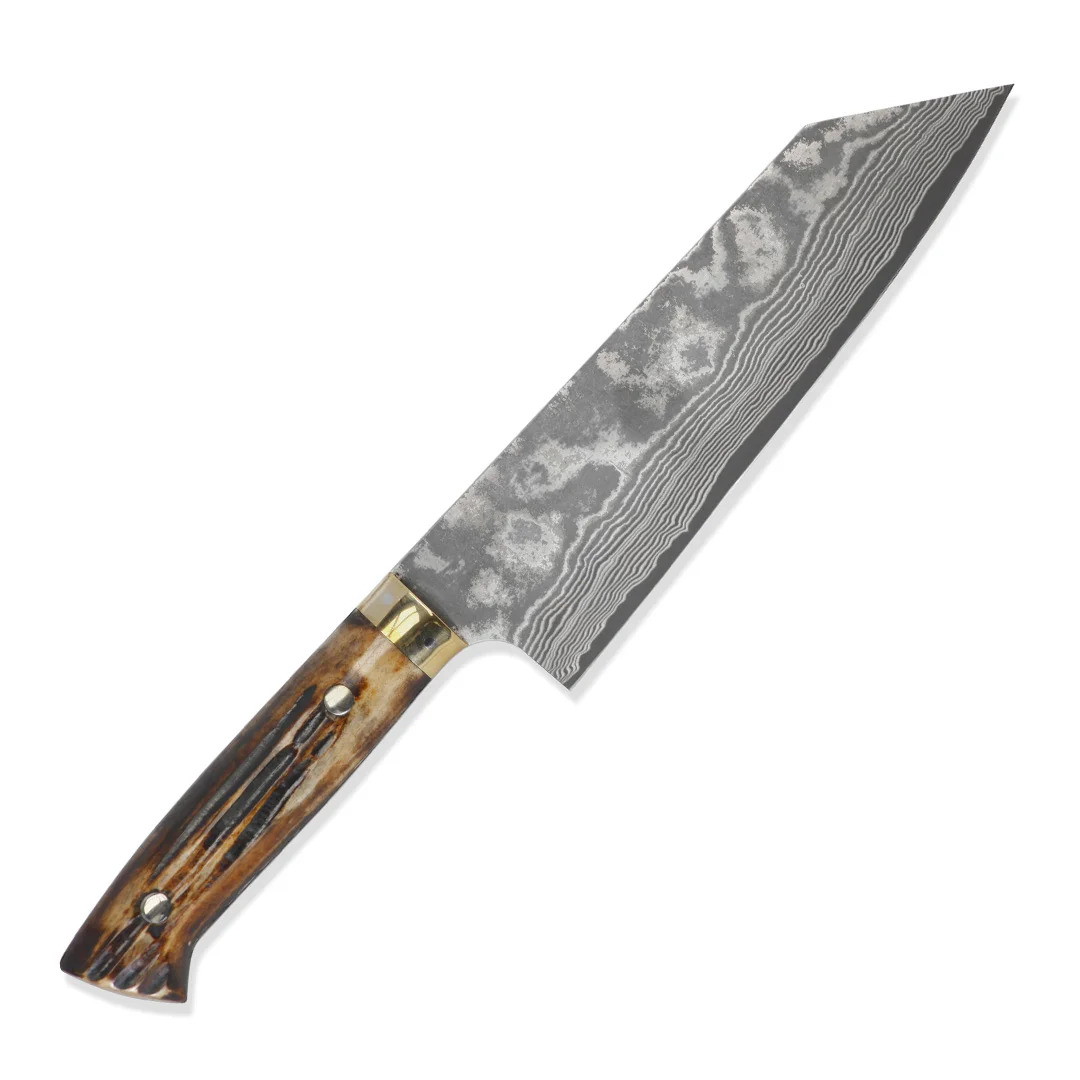
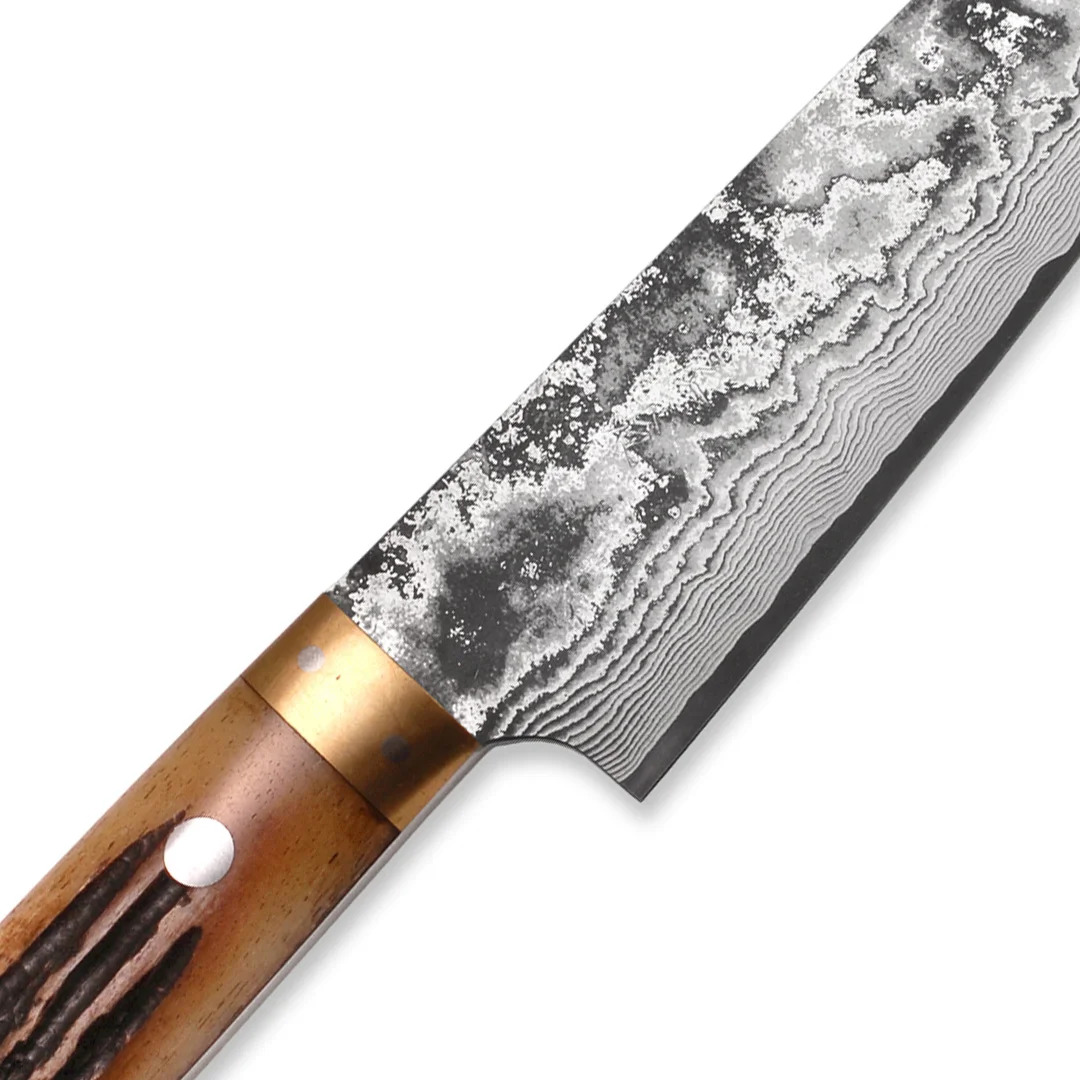
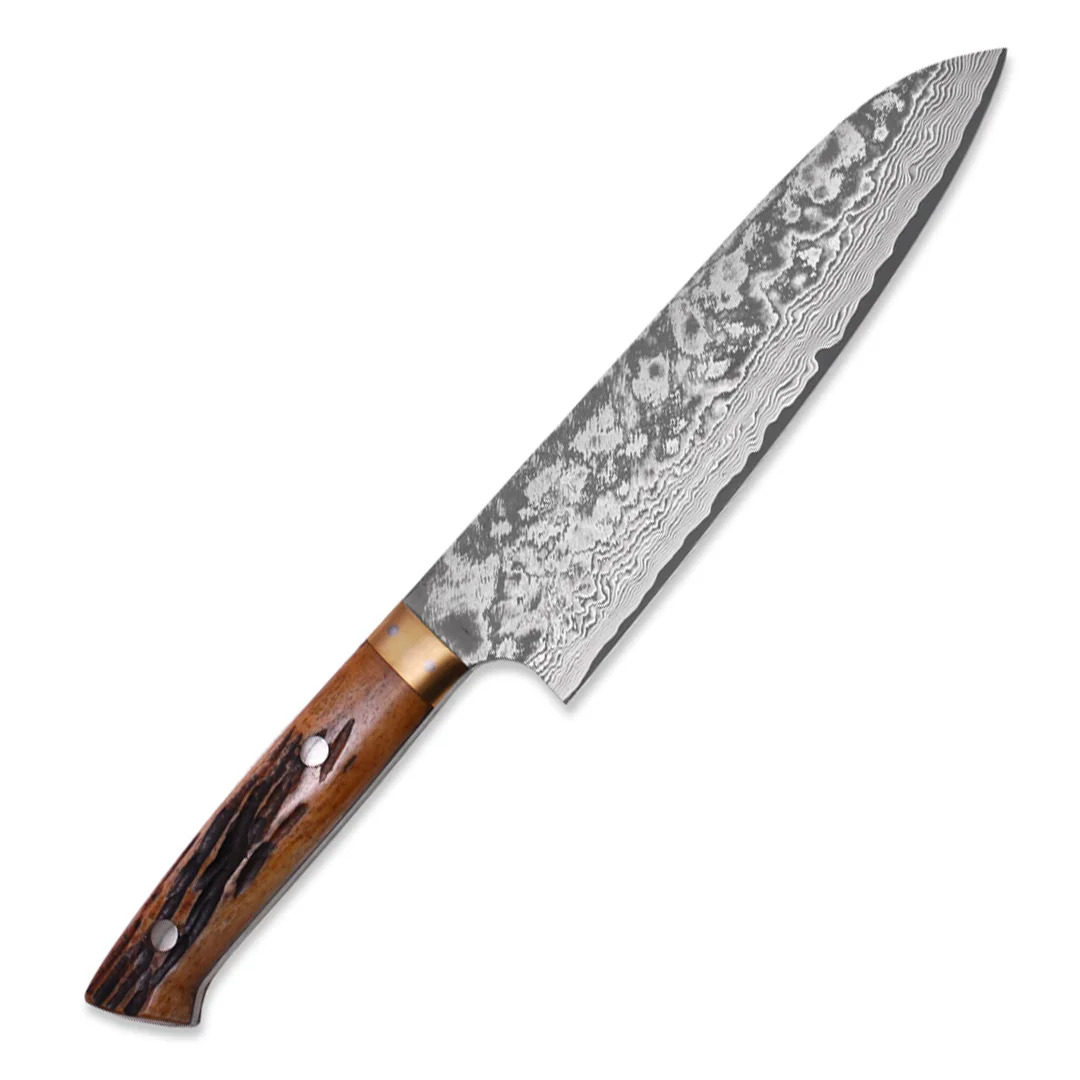
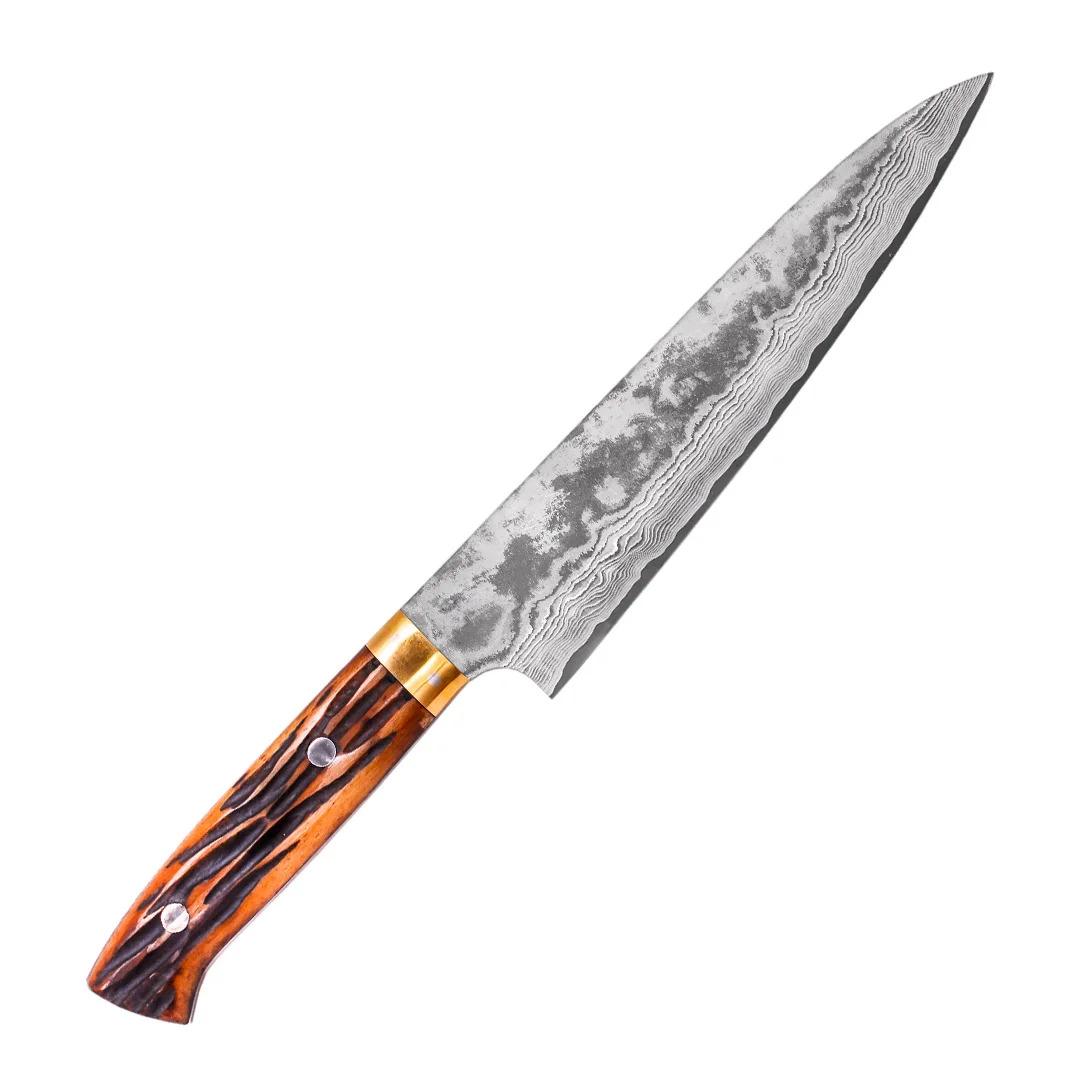
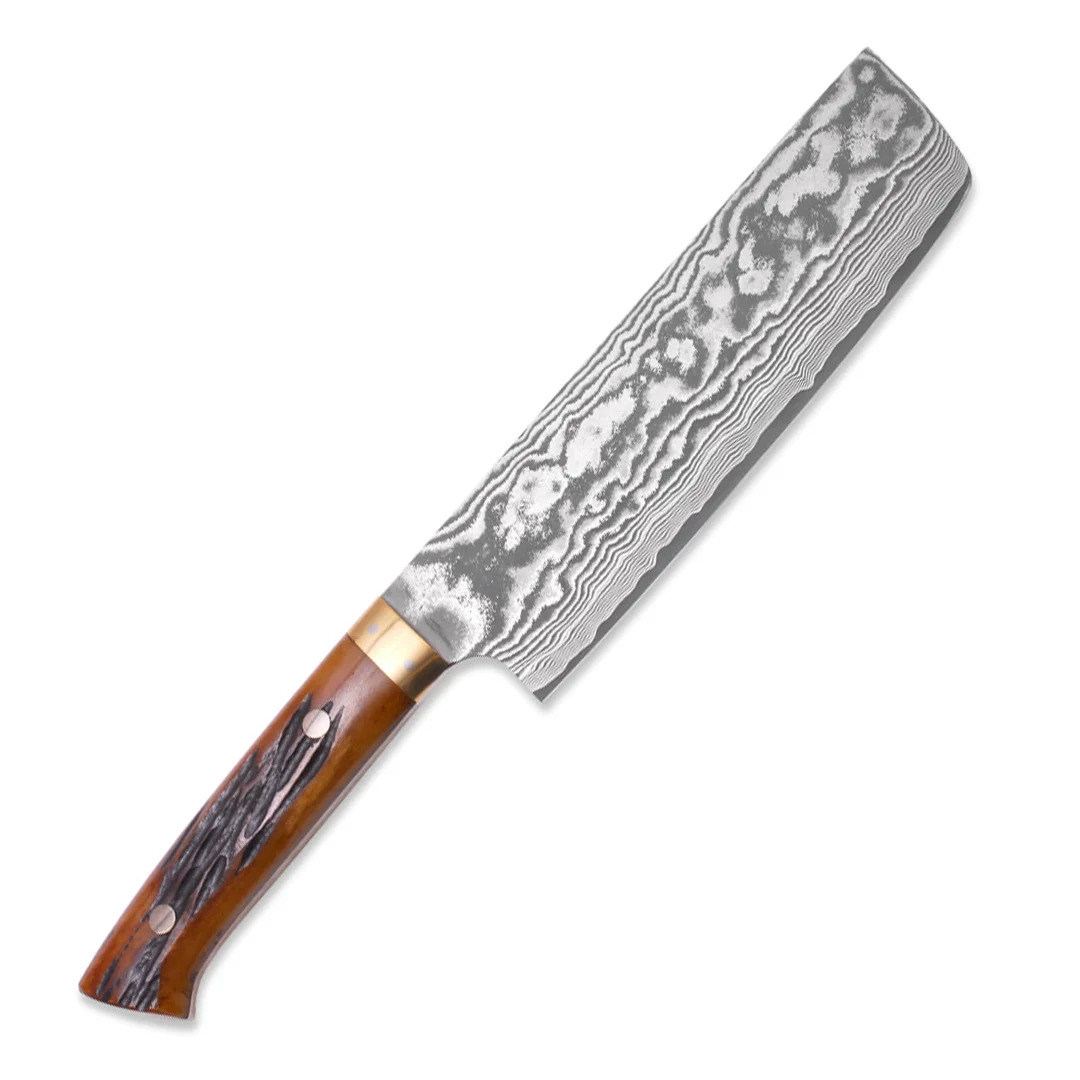
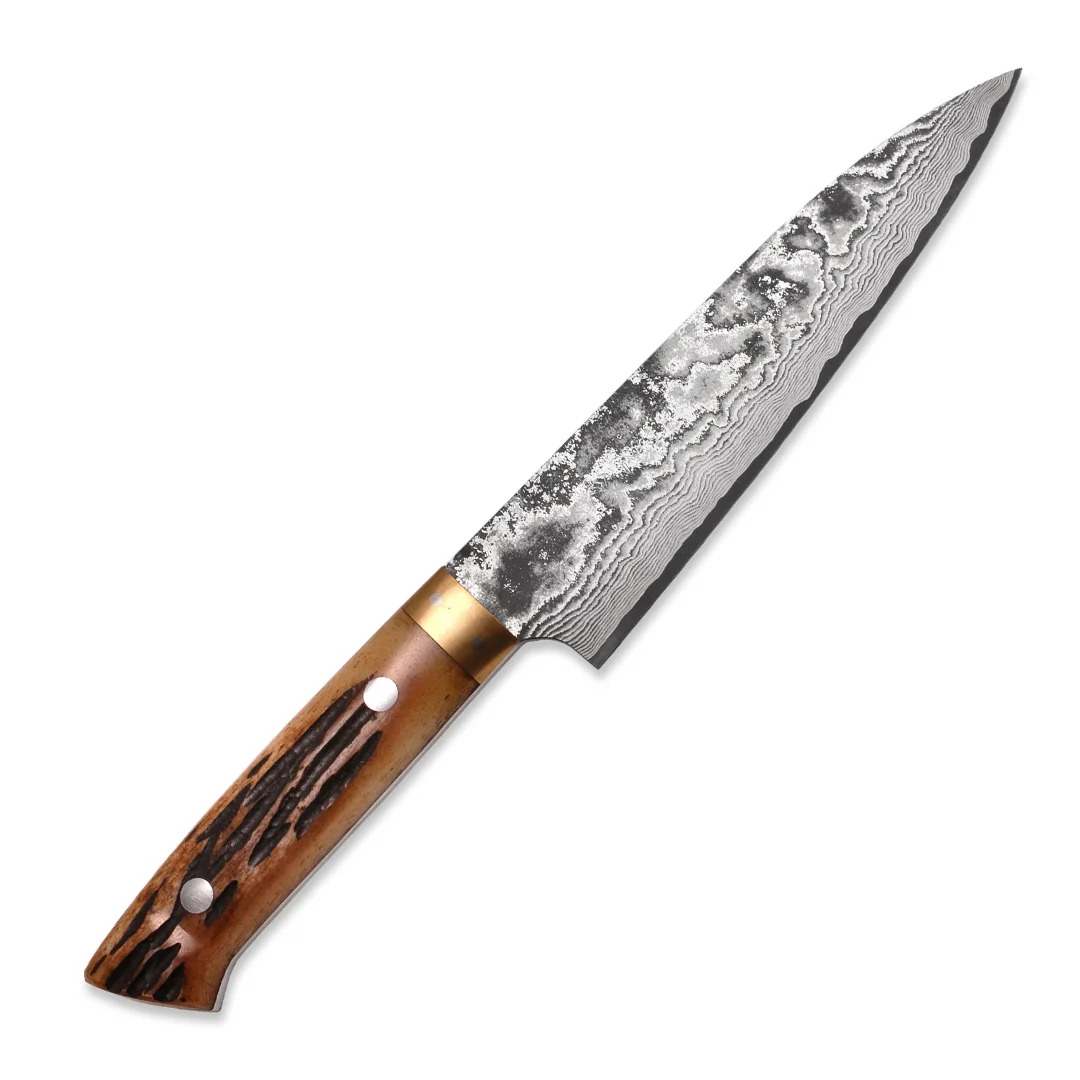
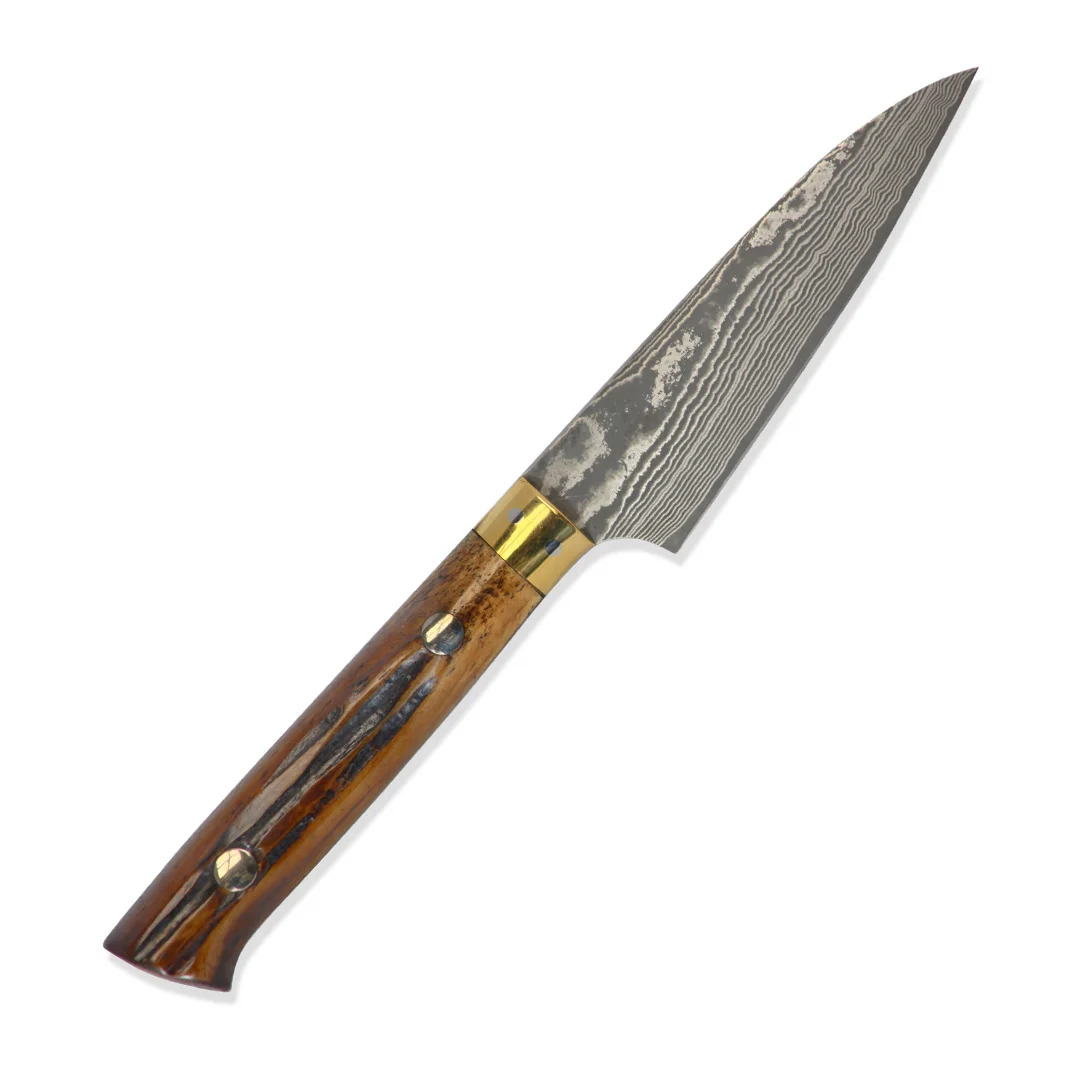
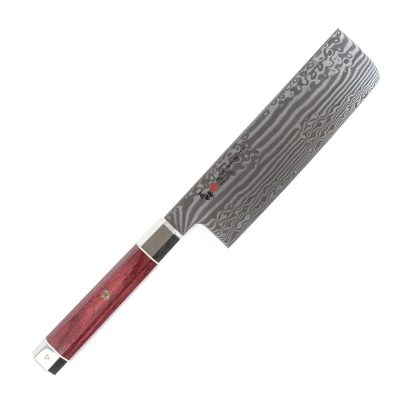
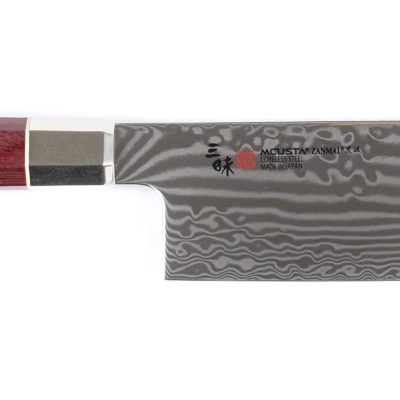
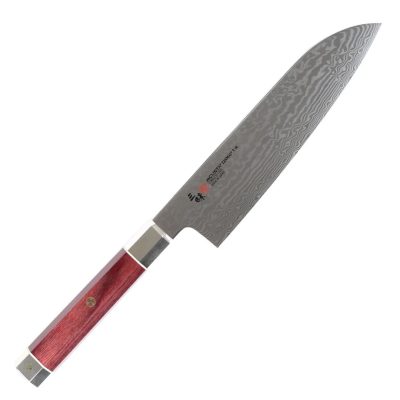
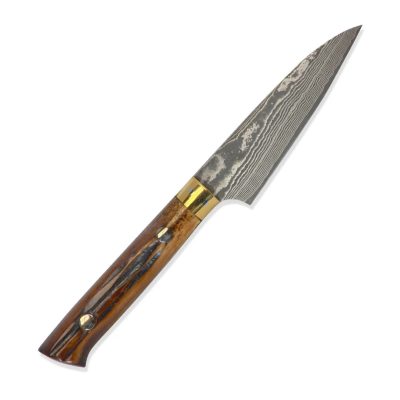
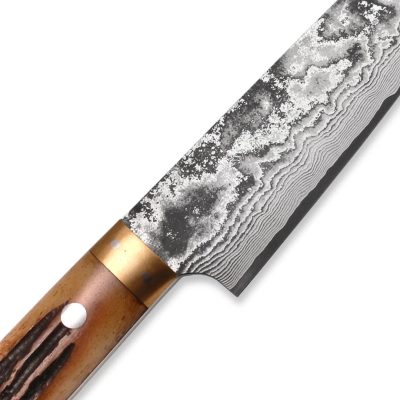
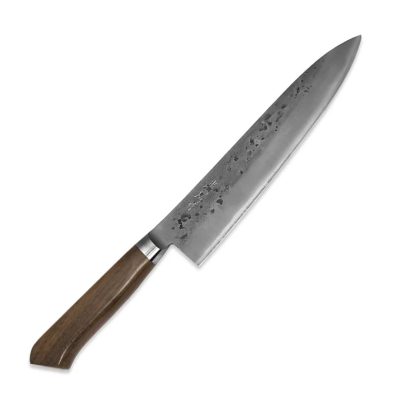
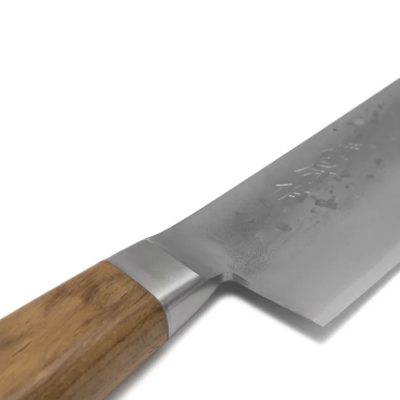
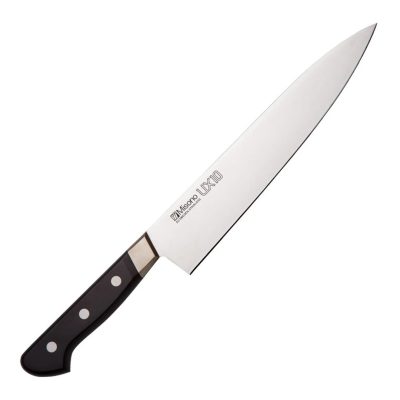

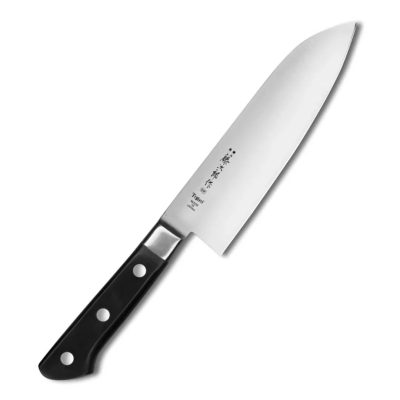
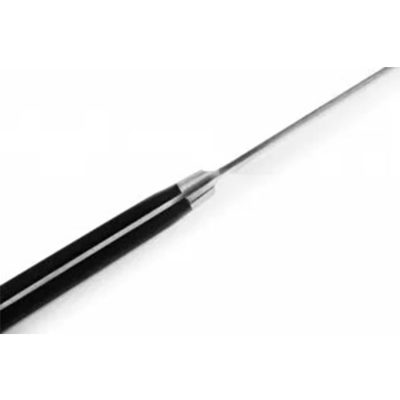
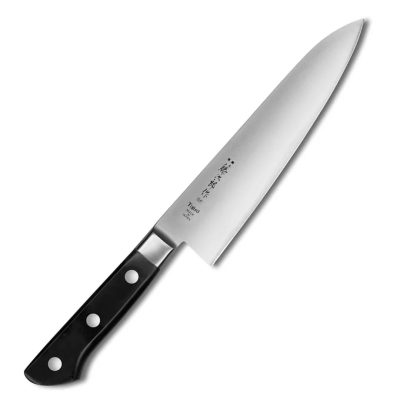
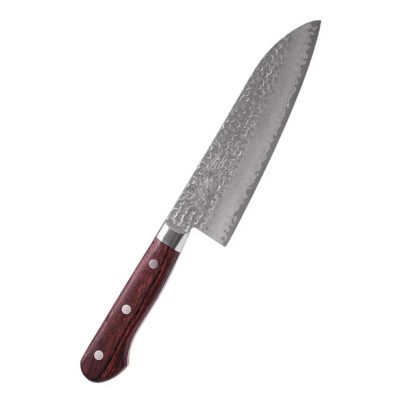
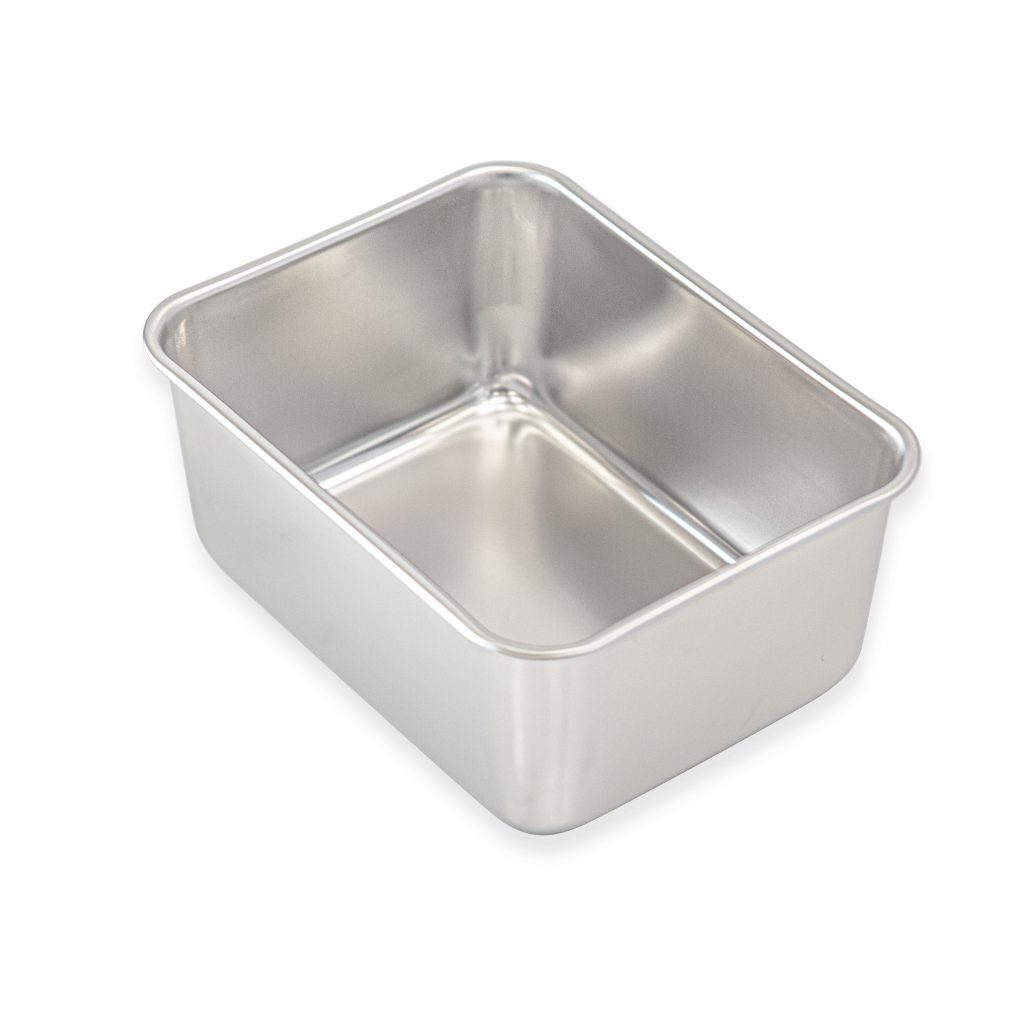
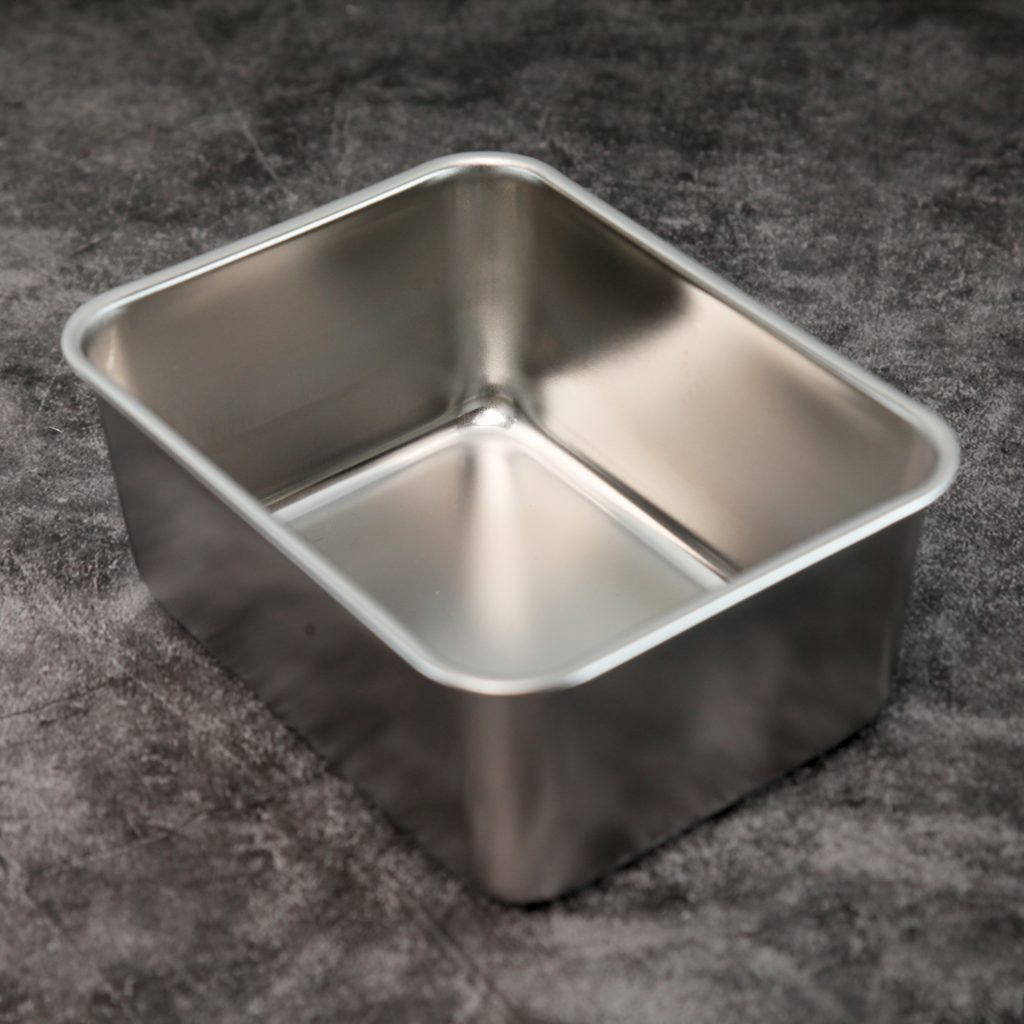

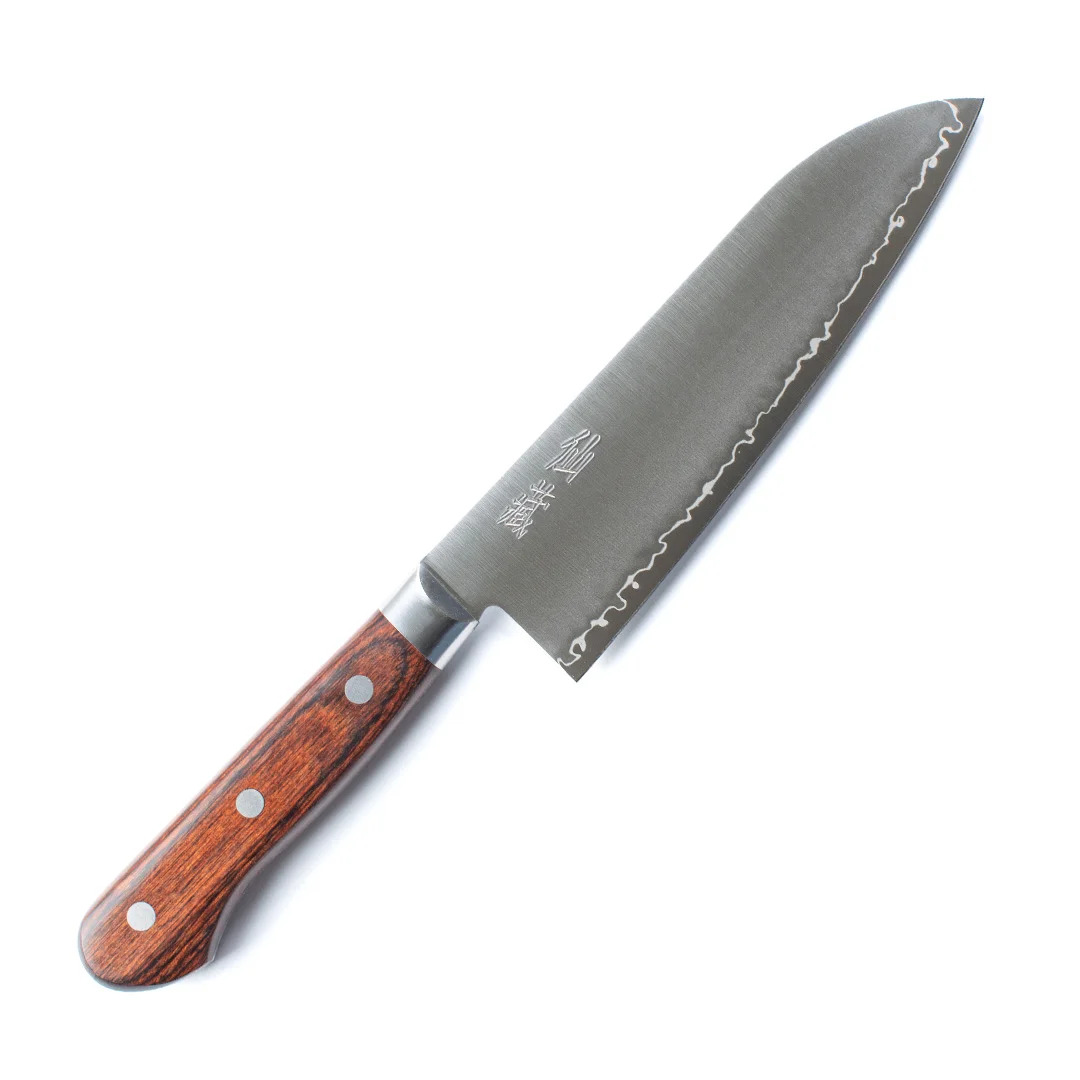
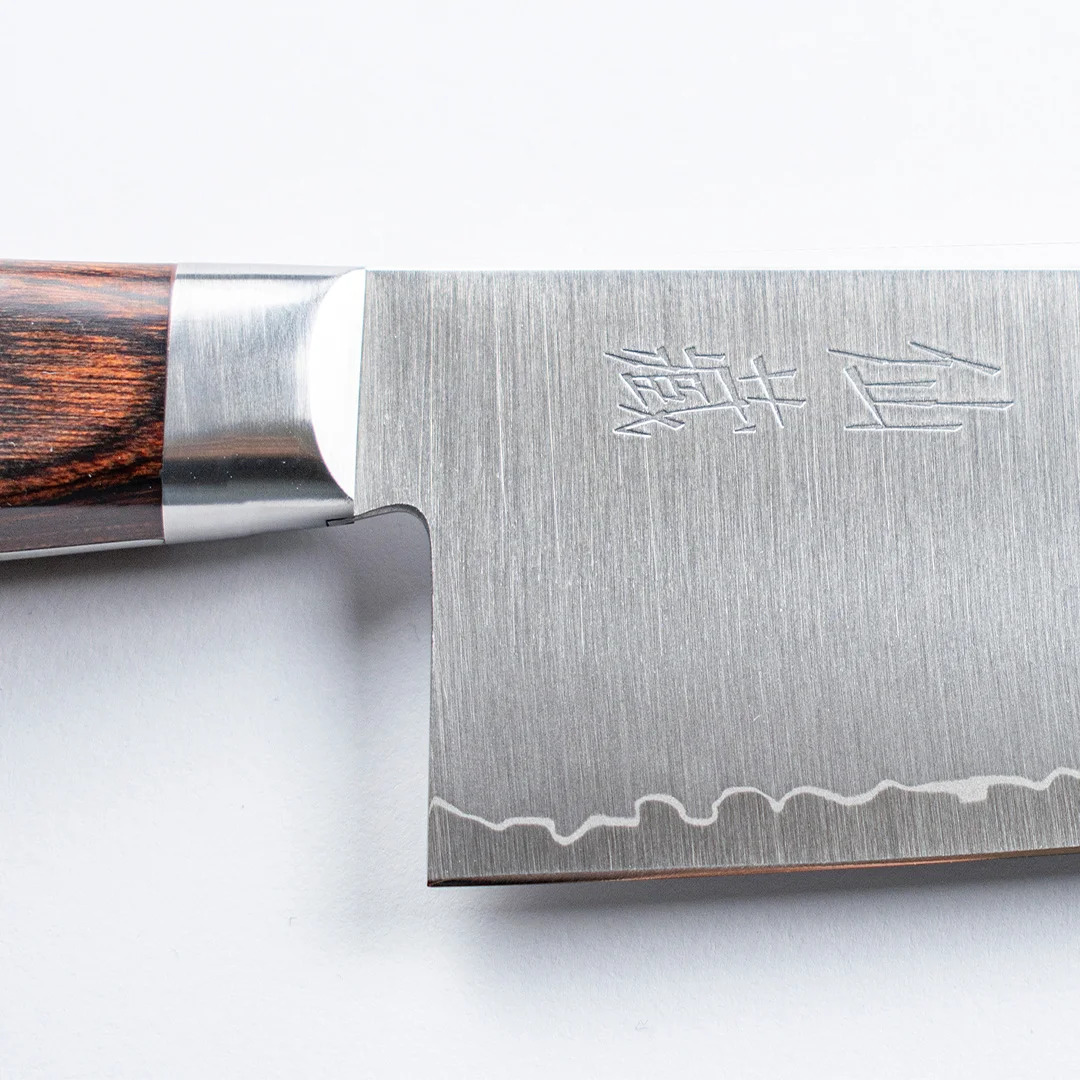

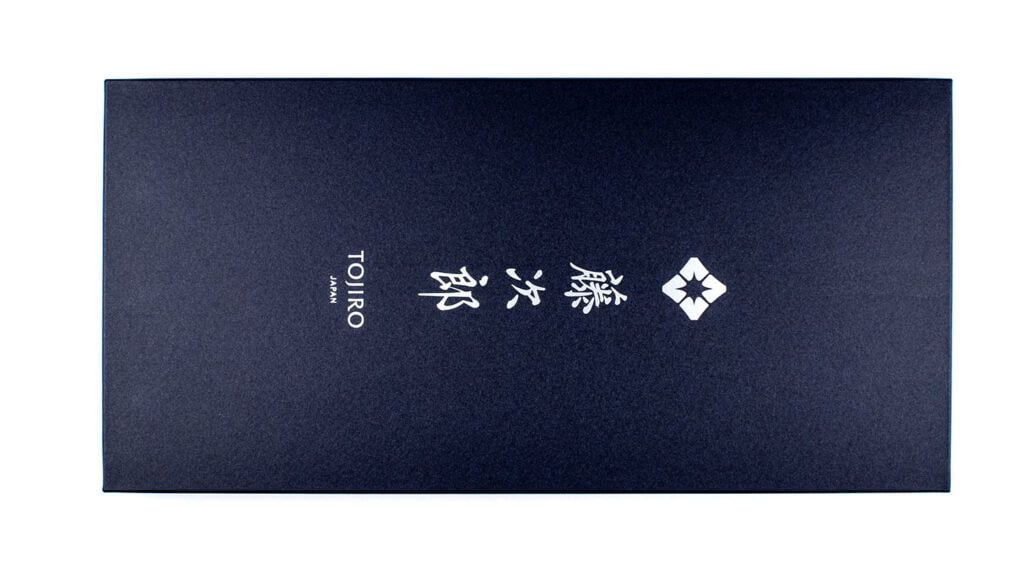
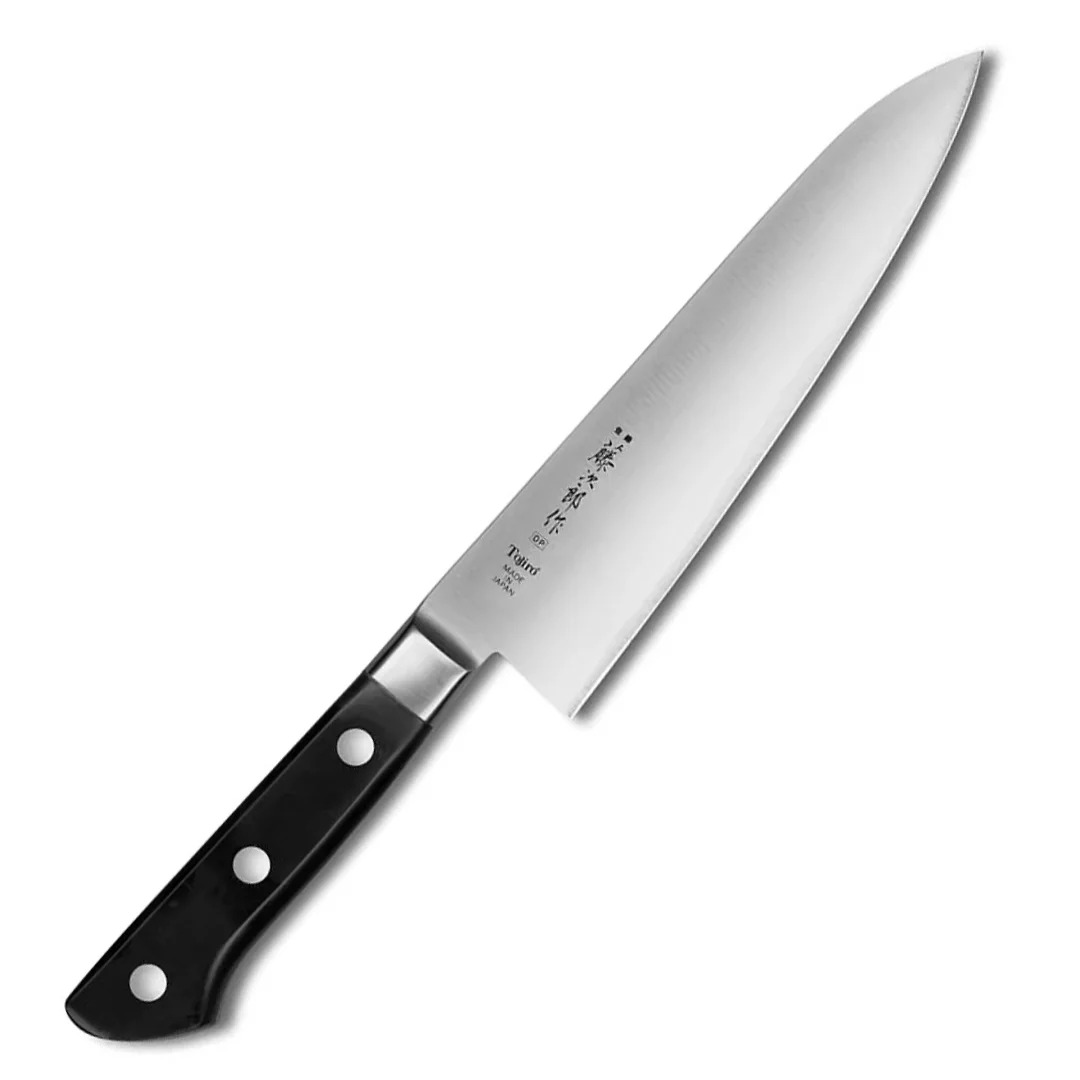
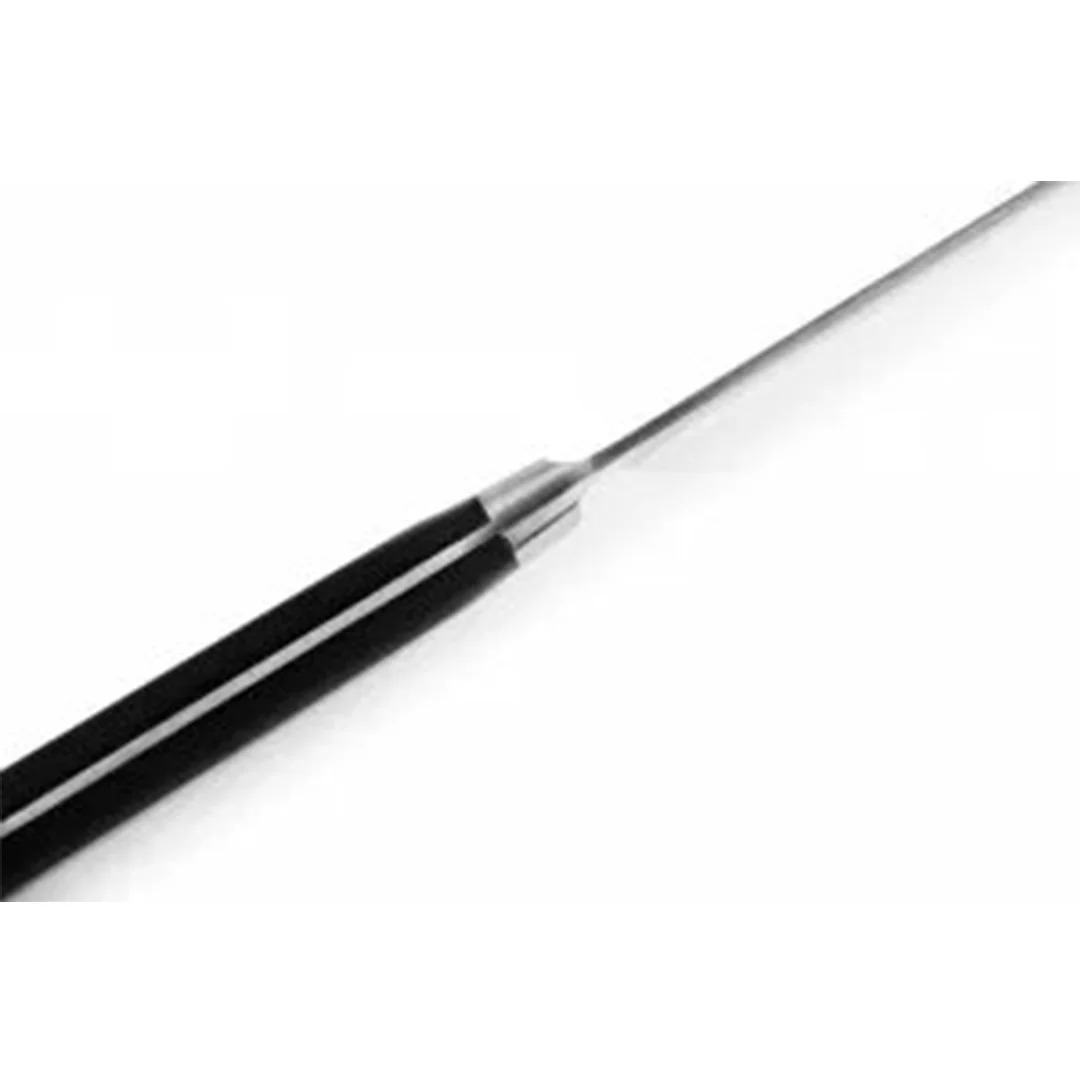
Reviews
There are no reviews yet.